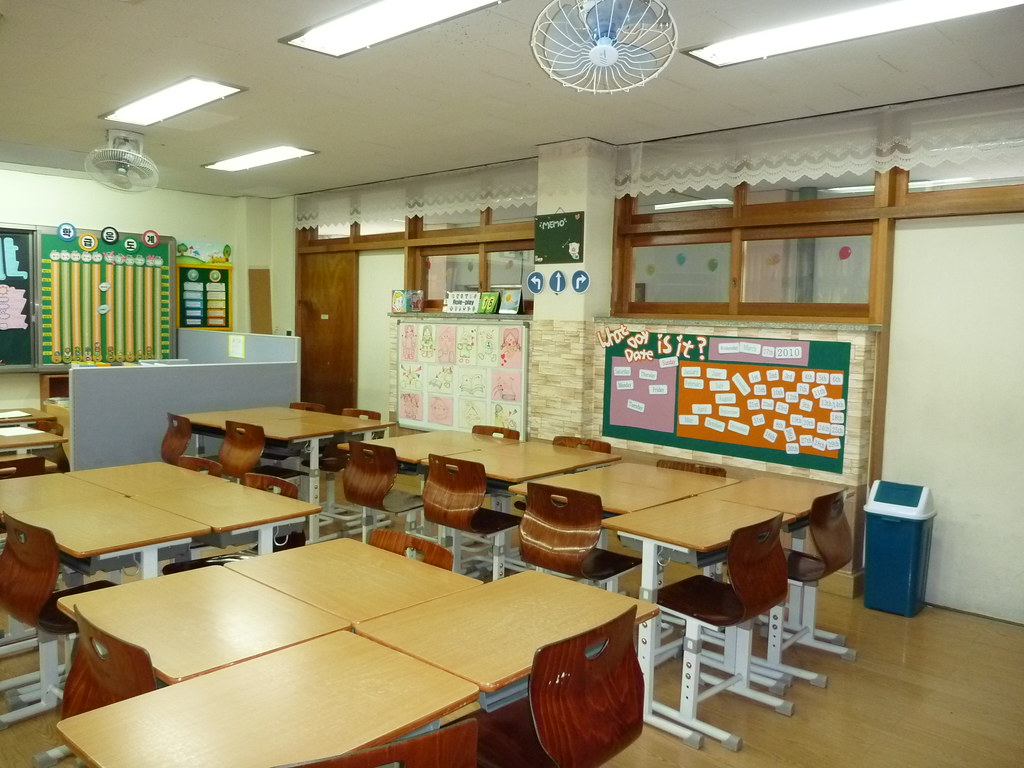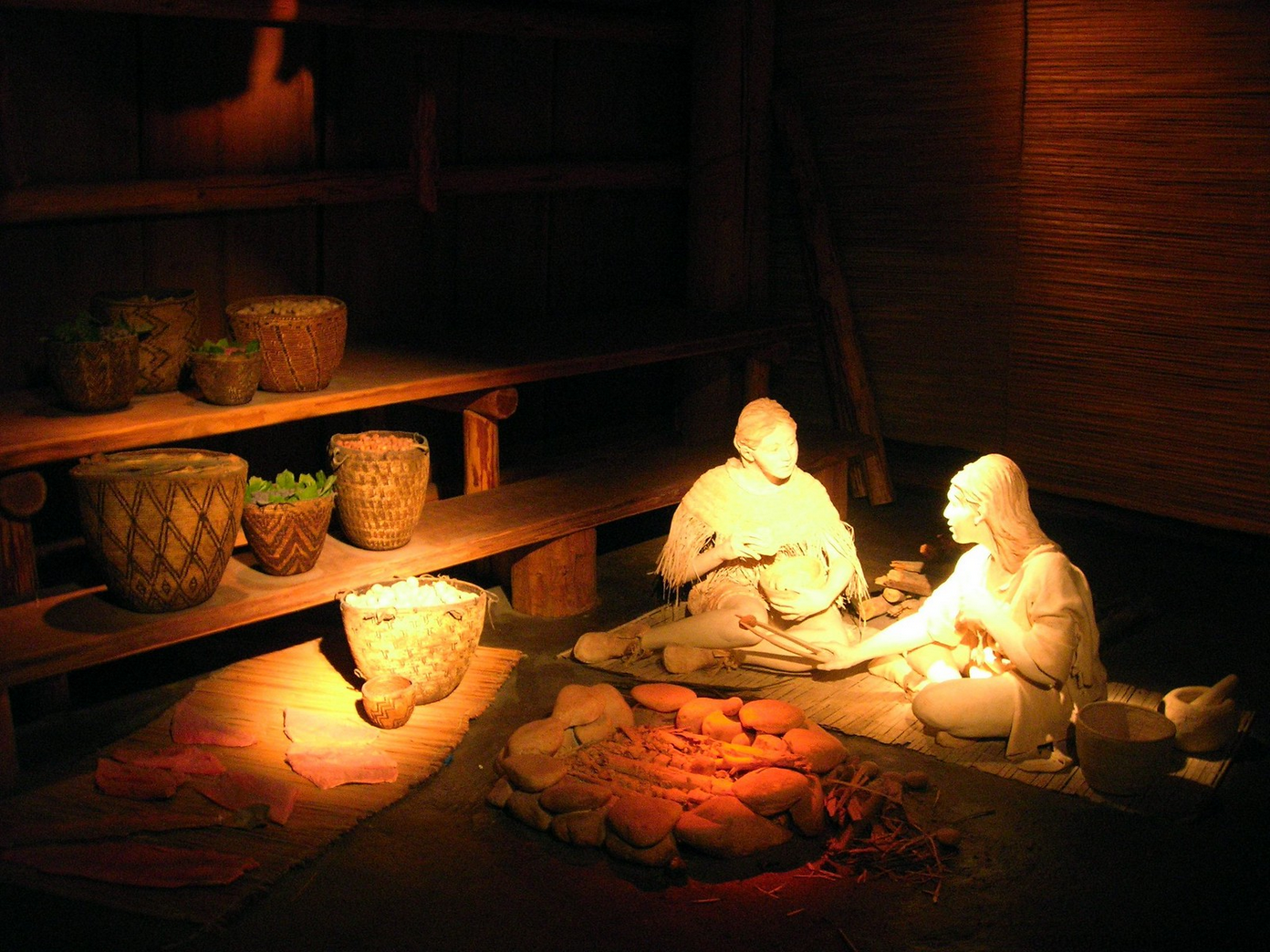Part I: The Problem
The city of New Orleans infamously operates under the highly controversial charter school system, a post-Katrina policy change which virtually eliminated public schools in favor of independently owned charter schools. Each year, parents and students rank favorites for charter schools across the city. The NOLA Public Schools website has an interactive feature for navigating the charter school process, aiming to help families compile their lists of schools that meet their needs. The interactive map can be filtered by preferences; for example, if your student requires an ADA accessible campus, your options for charter schools drop from 237 choices to 106. As an individual includes more preferences, such as A-ranked schools, yellow-bus transportation, after-care, sports offerings and more, the options for schools available steadily decrease to none.
Most kids in the United States follow a standard timeline in regards to school registration and start date, with dates ranging from the end of July to shortly after Labor Day. New Orleans does things a little differently. Even though public school students in New Orleans, 99% of whom attend charter schools, are generally starting back at the same time as everyone else in the country, their registration date comes much earlier. “Complete the application online by January 20, 2023 to apply for the upcoming school year” is the first thing someone sees on the NOLA Public Schools Website, highlighted in blue and in 18pt text. This means that, even if an individual was savvy enough to navigate the online resources, or privileged enough to opt out of features like transportation or aftercare, they could still risk not sending their kids to school in August if they missed a deadline in January.

Classroom [PC: Creative Commons]
The city of New Orleans is almost 60% Black, according to 2021 Census data. However, the Willow School, formerly called Lusher School and considered to be one of the top charter schools in New Orleans, is 60% white. While one comparison of statistics alone is not enough to prove inequity within the charter school system, it is a good starting point to see what types of students are attending what types of schools under this system. Applying into charter schools, especially top charter schools, requires a level of finesse primarily accessible to the elite. Economically disadvantaged families are put at risk with this unfair system. In August 2022, the Louisiana Legislative Auditor published a report on how different schools across the state were performing in their mandatory duty of accepting a specific amount of economically disadvantaged students. The results of the report were nauseating. For the Willow School, the report found that they did not comply with the mandatory percentage of economically disadvantaged students from 2016-2021. Other charter schools, Lycee Francais de la Nouvelle Orleans, and Robert Russa Moton Charter
School, have yet to comply from 2016-present day.
While the charter school system claims to pride itself on equal opportunity, it seems that more affluent students are being admitted at higher rates than their economically disadvantaged counterparts.
Part II: The Solution
Linguists, anthropologists, and sociologists have been studying how people communicate since there were people on Earth to communicate with each other. Before the present day United States was colonized by Europeans, it was the home of multitudes of indigenous peoples groups, many of which are still thriving communities today. While no two indigenous groups operate the same, they often shared similar practices, such as emphasizing the importance of passing down stories, teachings, myths, and guidance orally from generation to generation.
For indigenous people in modern-day Oklahoma, audio visual technology is being used to record oral histories for generations. Historically, and unfortunately even still today, Native voices have been silenced, which is why it is of utmost importance to continue preservation efforts. Within traditional practices, communication of knowledge from elders to other members of the group takes on both the role of informant and artist, which intensifies the learning experience through a creative lens.
A 2020 article titled “Indigenous Oral Histories and Primary Sources” notes that “for years, erroneous Western beliefs that the written word is more trustworthy than oral histories have threatened and damaged traditional ways of passing down knowledge.” Indigenous people have been passing down information between group members for generations, and the information never becomes sullied or lost. Storytelling allows information that needs to be passed along to transform into something more dynamic than what can be conveyed over written word. Annette Saunooke Clapsaddle, a Eastern Band of Cherokee Indians member and Yale graduate, noted in a talk regarding her book Even As We Breathe, that “there has always been a sense of storytelling in my community to teach value systems and life lessons.” A Dominican University publication went on to address that “mythology, religion, history, and ritual were not separate things for Native American peoples. They were strands woven together in the various tales and stories that defined people’s identity and gave order and meaning to their lives.” This sentiment furthers the notion that storytelling is a powerful tool of communication, and that the written word of Europeans is not the end all be all for getting a message across. Additionally, the practices of storytelling in Native American communities helped create a culture of belonging and value between its members. Honoring indigenous practices and preserving their histories is incredibly important– cities such as Asheville, North Carolina have implemented projects such as the Indigenous Walls Project, which celebrates indigenous culture through visual art. 
Part III: The Connection
In her talk, Annette Saunooke Clapsaddle also mentioned that she did not feel storytelling to be unique to her Cherokee community alone. While the practices originated with indigenous people, she notes that “all communities have that type of storytelling.” Storytelling places value on teaching lessons learned to younger individuals, and this concept can be applied to the New Orleans Charter School system from the inside out.
First, the application process. It takes so many resources to survive– first, you need to have access to the internet, preferably a computer. When I tried to access the interactive charter school map on my phone, it was harder to view. Second, you need to know when applications are due and what necessary materials are needed for it to be considered complete. If you are new to the New Orleans area, you may not be expecting school applications to be due as early as January of the year prior. It is important that someone in the community clues you into this process. Word-of-mouth communication on these specifications can help remedy information gaps between people with more economic affluence and people who are disadvantaged. Using storytelling practices could strengthen the New Orleans community as a whole, serving to both increase access to information regarding charter schools and bridge the gap between the city’s haves and have nots.
An overall upheaval of the system is necessary. First, the application process should be entirely blind. There should be no January deadline, but rather have rolling admissions. Students should be allowed to pursue alternative methods of education, such as online or hybrid schooling. Community efforts should be more widespread– for example, students could spend specific days of the week shadowing jobs, spending time investing in local arts and music scenes, or simply spending time with their families.
 NOLAbeings Multimedia artist Claire Bangser created NOLAbeings as a portrait-based story project that marries...
NOLAbeings Multimedia artist Claire Bangser created NOLAbeings as a portrait-based story project that marries...  Voodoo in New Orleans: Reviving history: New Orleans fortune telling This article takes a deep dive into the history of Voodoo in New Orleans, its hybridization with Catholicism, and its present-day place in the city's culture. The author visits fortune-tellers in the French Quarter, using their guidance as a tool for introspection rather than a deterministic predictor of the future. Through her experiences in New Orleans, the author feels a mystical connection to both the past and the future.
Voodoo in New Orleans: Reviving history: New Orleans fortune telling This article takes a deep dive into the history of Voodoo in New Orleans, its hybridization with Catholicism, and its present-day place in the city's culture. The author visits fortune-tellers in the French Quarter, using their guidance as a tool for introspection rather than a deterministic predictor of the future. Through her experiences in New Orleans, the author feels a mystical connection to both the past and the future. 